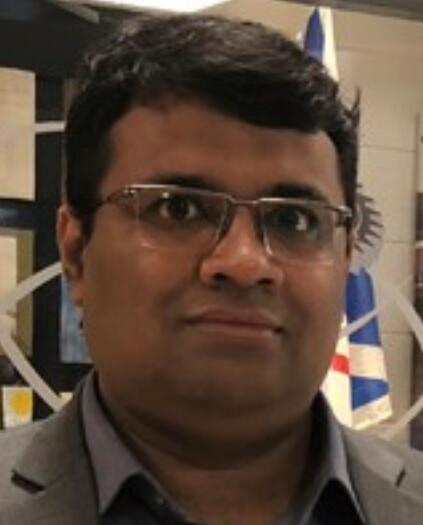
Dr. Mohsin Jamil
Department of Electrical and Computer Engineering
Memorial University of Newfoundland, Canada
Repetitive Control for Power Electronic Converters used in Smart Grids
Abstract: Power electronic converters
used in smart grids are widely employed as the interface and power flow
management of distributed generators (DGs) to the utility. They manage the
energy exchanges with the utility and in general control the power flow between
DGs and the utility. They are normally used to connect renewable energy sources
such as solar, wind, or marine, to the utility to convert DC or variable
frequency AC into 50/60 Hz fixed frequency AC to inject into the utility or to
supply local loads. They are also used to interface high power density
microturbines, flywheel energy storage systems, batteries, and fuel cells. These
converters play a vital role in the control of power flow and improvement of
power quality by providing a low total harmonic distortion (THD) output current
as laid down by guidelines and national/international standards. There exist
different types of power electronic converters for interfacing with the utility.
The most common is the two-level bridge converter. However, the need to improve
efficiency and to reduce the size and cost of both the converter and the output
filter has encouraged more research into using different topologies.
In this technical talk, we will discuss the role of power electronic converters,
some common topologies and repetitive controller for interfacing renewable
energy sources to meet national/international standards. Classical (PID)
controllers normally exhibit poor performance especially when the utility
voltage harmonic distortion is high. This is due to the low gain, and poor
disturbance rejection of the PID controller at the utility harmonic frequencies.
Repetitive feedback controllers have the ability to track or reject periodic
disturbances, such as utility harmonics, as they naturally have high gains at
the utility voltage harmonic frequencies, assuming that these frequencies do not
change.
Bio: Dr. Mohsin Jamil is currently an
Assistant Professor in the Department of Electrical and Computer Engineeringat
Memorial University of Newfoundland, Canada since August 2019. Between 2016and
2019, he was working in the Department of Electrical Engineering at
IslamicUniversity of Madinah, Saudi Arabia. Between 2012 and 2016, He was
working atthe Robotics Department of National University of Sciences and
Technology(NUST), Islamabad, Pakistan.He earned hisPh.D. degree in Electrical
Engineering from the University of Southampton, U.K.in 2012 and M.Sc. degree in
Electrical Engineering from the National Universityof Singapore in 2008 with
major in Automation and Control Engineering. He hasdone another M.Sc. degree in
Electrical Engineering from the Dalarna UniversitySweden in 2006. He did
Bachelor of Engineering in Industrial ElectronicsEngineering form NED University
of Engineering and Technology, Karachi,Pakistan in 2004.He is author and
co-author of several IEEEpublications in different journals and peer-reviewed
conferences. He isrecipient of different awards and funding grants. He is an
Associate Editor ofIEEE Access and Senior Member of IEEE.

